15 dangerous road surfaces for motorbikes
Two-wheeled vehicles are much more unstable than four-wheeled vehicles on inconsistent road surfaces. It’s impossible for our roads to be 100% perfect at all times which is why it’s important for motorcyclists to scan the road ahead. Whether you’re just learning to ride or you’ve been riding a while, being able to recognise these ten different types of problematic road surfaces could save your life.
Road shoulders
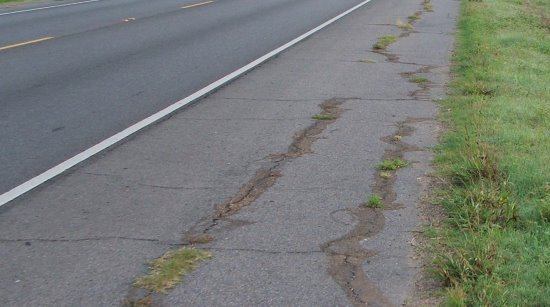
If you run off the sealed roadway the road shoulder should provide a safe area in which you can recover. If they are broken or contain gravel areas it reduces the ability for the rider to retain control, especially when making corrective manoeuvres or braking heavily.
Line marking on the edge also helps delineate where the good road surface ends and the poorer quality surface begins when the light levels are lower or visibility is poor.
Potholes
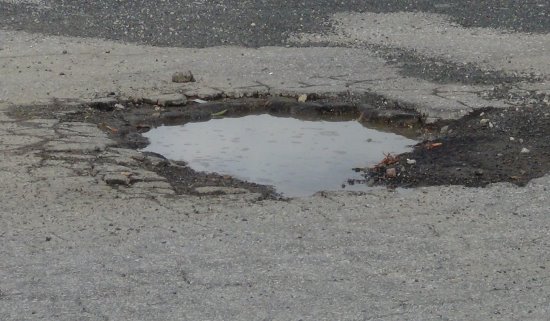
Check out our guide to potholes and tarmac degradation here. A pothole causes a sudden change to the bike’s suspension loading. This can be damaging to the suspension components or could cause a burst tyre. It also unsettles the rider and can interfere with braking performance. Even badly repaired potholes can cause dangers for motorcyclists.
Moss and lichen build-up
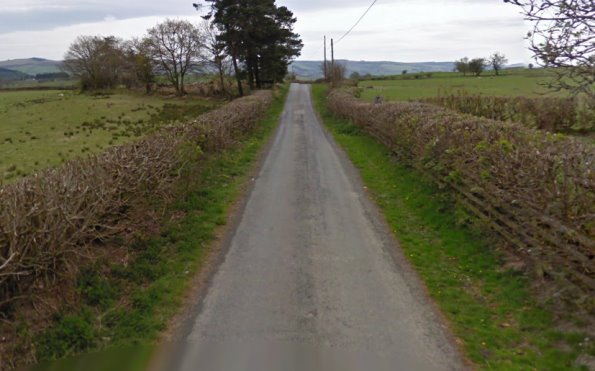
This is never usually a problem in city areas where there is plenty of traffic, but on infrequently used rural roads moss and lichen can build up on the edges and in the centre of the lane. When wet, this surface is much more slippery than normal wet tarmac. Moss and lichen also break down the pavement surface leading to quicker degradation.
Corrugations, shoves, parallel grooves and ruts
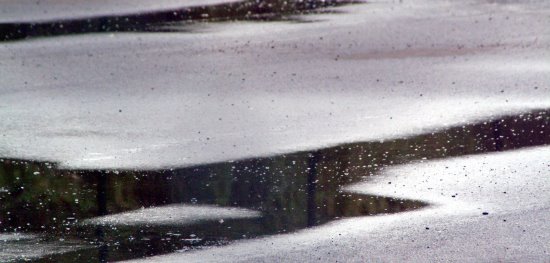
In areas with softer substrates coupled with heavy vehicles and soil subsidence, ruts and corrugations can form. In a car, these can cause tramlining, or the tendency for the vehicle’s wheels to want to follow the rut. On a motorbike, the same thing can happen where the ridges and edges of a rut can change the bike’s direction unexpectedly.
Shoves happen where the tarmac slips over the substrate. In any of these cases, water collects in the tarmac’s degraded areas.
Crack seals
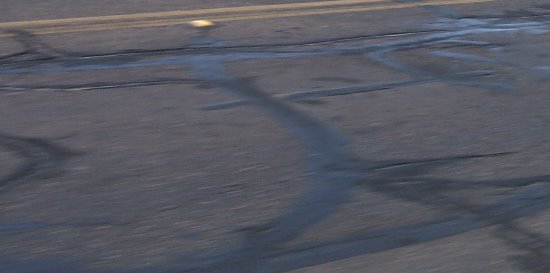
Sometimes cracks are sealed and in areas where a lot of sealant is used this can create a slippery surface in the rain.
Tarmac bleed and polished surfaces
In hot weather, the tar can bleed to the surface creating a sticky and slippery layer. When this sets again it ends up being polished to a surface that has less friction.
Pavement surfacing
Where the road has been repaired improperly and chip loss is occurring, these areas need to be addressed as the lack of pavement texture causes slippery patches.
Pavement markings
Older markings that don’t use skid-resistant paint can be dangerous in the wet. Avoid them on corners and at junctions. Newer paint has excellent skid resistant properties, but it’s still good to be in the habit of avoiding them.
Roadside vegetation maintenance
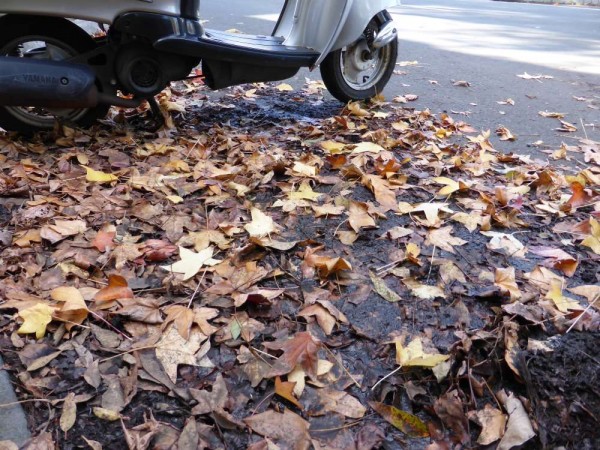
Trees drop a lot of leaves in autumn and this creates a slippery mush when it’s wet. Vegetation can also shade some corners from the sun, preventing them from drying or thawing.
Roadside debris
During heavy rain and storms stones, vegetation, glass and other detritus can wash or be blown into areas of the road, particularly the apex of cambered corners where you might be tempted to cut. Gravel, mud and stones can be washed from unsealed driveways and farm entrances. Spillages from trucks and farm equipment can cause areas that are slippery.
Grease and oil build-up
When the weather has been dry a while rubber, grease and oil build up on the road, and when it first rains this creates a very slippery surface.
Temporary steel plates
Some roadworks will use large temporary steel plates. Newer plates tend to be textured or covered in skid-resistant material, but don’t take it for granted.
Services trenches
Where services have been laid into the road in a narrow trench, such as telephone cables, the trenches are often overfilled to allow for compaction and subsidence over time. When just filled the surface sits proud of the road and causes a bump.
Railway crossings
The metal rails are very slippery when wet. Special care should be taken if your motorbike has narrow tyres to avoid them getting caught in the grooves.
Accidents and spillages
In an accident there will possibly be broken glass and plastic, fluids spillages, soil or gravel dragged onto the road, and potentially damage to the surface. Ride with caution at accident sites.
Protecting yourself in the event of a fall
If you come across these types of road surface unexpectedly you might have to ditch your bike (or have no choice). In this case, you must be wearing proper protective clothing as clothes like jeans will shred in a second, then it’s your skin versus the tarmac.
This article explains how to choose motorbike protective clothing. As well as strong outerwear, body armour will protect your back chest, and buying a helmet with an excellent crash test rating will reduce the risk of head injury.
It’s best not to scrimp on your protective clothing as a spill at 50mph can cause significant injuries. As a vulnerable road user, you should be scanning as far ahead as possible to spot these potential hazards early so that you can take evasive action.
- Understanding the National Standards for Riding Mopeds and Motorcycles
- Livestock Transport Rules UK: A Complete Guide to Animal Transportation Requirements
- The Role of Safety Advisers in Dangerous Goods Transport
- Sustainable Driving: Reducing Your Environmental Impact on the Road
- Developing Effective Lesson Plans for Driver Training
- UK Agricultural Vehicle Registration and Tax Relief
- Challenges of Transporting Radioactive Materials (Class 7)
- Exemptions and support for Clean Air Zone charges
- Navigating Legal Requirements: The UK Motorcycle Licensing Rules
- Safe Transportation of Agricultural Chemicals and Hazardous Materials
- Innovations in Vehicle Construction for ADR Compliance
- Motorcycle Recovery Operations: How to Recovery a Broken Down Motorbike
- Alternative Fuels in Agricultural Vehicles
- Carriage of Dangerous Solids in Bulk Containers
- Understanding Limited Quantity Exemptions in ADR